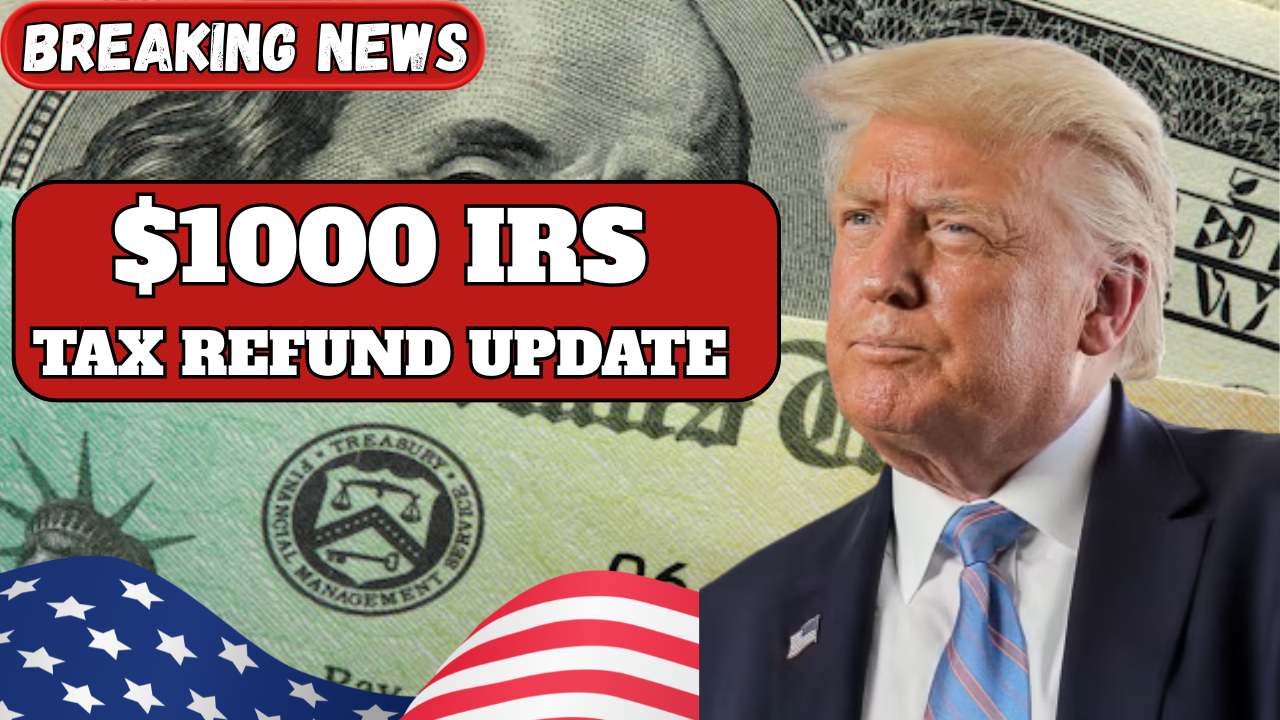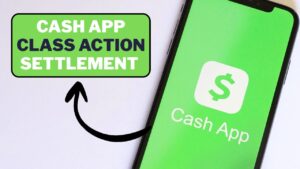Join on WhatsApp
Get the latest updates directly on WhatsApp – motivation, news & more!
All over social media this month, people have been buzzing about a supposed “$1,000 IRS Tax Refund” coming in November 2025 — and, predictably, it’s causing a lot of confusion. Let’s set the record straight: there is no federal $1,000 tax refund or stimulus check being issued by the Internal Revenue Service (IRS). The rumor mixes up real state-level programs, like Alaska’s Permanent Fund Dividend (PFD), with regular federal tax refunds.
In short: if you’re expecting a random $1,000 from the IRS this November, you’ll be waiting forever. But if you’ve legitimately overpaid your taxes — or you’re an Alaska resident due for your annual PFD — that’s a different story entirely.
The Truth Behind the “$1,000 IRS Tax Refund” Buzz
Here’s what’s actually happening. The IRS processes refunds every year for taxpayers who overpaid their taxes — meaning, if your withheld or estimated payments exceed what you owe, you get that money back.
The $1,000 figure making headlines doesn’t come from a federal tax policy or new relief measure. It traces back to the 2025 Alaska Permanent Fund Dividend, which indeed pays $1,000 per eligible resident — but that’s a state-run program, not a federal tax refund.
The IRS itself confirmed no such nationwide $1,000 refund program exists on its official site, irs.gov.
| Claim | Fact |
|---|---|
| $1,000 federal IRS refund in November 2025 | False |
| $1,000 Alaska PFD payment for 2025 | True |
| Refunds automatically issued to all Americans | False |
| Refunds issued to those who overpaid taxes | True |
Understanding How Real IRS Tax Refunds Work
The IRS doesn’t randomly send checks. Refunds are only triggered after a taxpayer files a return and the system confirms an overpayment. The refund process works like this:
- File your return (either electronically or by mail).
- The IRS verifies your income, deductions, and tax payments.
- If your withholding or estimated payments exceed your total tax liability, you receive the difference — your refund.
Most refunds arrive within 21 days of e-filing, but paper returns can take up to eight weeks or longer, depending on accuracy and processing volume.
| Filing Method | Expected Refund Timeline |
|---|---|
| Electronic filing with direct deposit | ~21 days |
| E-file with paper check payment | ~1 month |
| Paper filing + direct deposit | ~6 weeks |
| Paper filing + paper check refund | ~8 weeks |
The IRS doesn’t provide refunds based on random eligibility or news cycles. If you see viral posts claiming “everyone gets $1,000 from the IRS,” that’s misinformation.
So What’s This About Alaska’s $1,000 Payment?
This is where the wires got crossed. In Alaska, the Permanent Fund Dividend (PFD) program distributes annual payments to residents, funded by state oil revenues. For 2025, that dividend is $1,000 per eligible Alaskan, with payments going out in stages through October and November.
Because both the PFD and tax refunds involve “direct deposits” and “payments,” some online reports blurred the line between the state program and federal IRS refunds. But they are entirely separate systems.
If you’re outside Alaska, that $1,000 doesn’t apply to you — unless you’re due a genuine IRS refund from overpayment.
How to Check Your IRS Refund Status
If you filed taxes earlier this year and are still waiting for your refund, the IRS “Where’s My Refund?” tool is your best friend. Here’s how to use it:
- Go to irs.gov/refunds.
- Click “Where’s My Refund?”
- Enter your:
- Social Security Number (SSN)
- Filing status (single, married, etc.)
- Exact refund amount listed on your tax return
- Hit Submit to view your current status.
This tool updates daily and is the only official way to check refund progress — not text messages, emails, or third-party “update” sites.
Common Reasons Refunds Get Delayed
If you’re expecting a legitimate refund and it hasn’t arrived, there could be a few reasons:
- Errors or mismatched information on your tax return
- Identity verification or fraud prevention review
- Unresolved tax debts or garnishments
- Missing direct deposit details
- Paper filing delays (still the slowest route)
You can call the IRS helpline (1-800-829-1040) for assistance if it’s been over 21 days since e-filing without any update.
Fact Check: Is There a $1,000 IRS Refund or Stimulus?
Verdict: False claim.
There is no new federal $1,000 refund, rebate, or stimulus payment set for November 2025. Any such payment would require Congressional approval and would be officially announced through irs.gov and the U.S. Department of the Treasury.
The only legitimate $1,000 payout in the news right now comes from Alaska’s 2025 PFD, not the IRS.
Keeping Tax Information Secure
Tax refund scams often spike around this time of year. Be cautious of:
- Texts or emails claiming “your refund is ready”
- Fake “IRS refund portals” asking for personal data
- Social media posts promising “bonus payments”
The IRS never initiates contact by email, text, or social media about refunds or payments. Always verify information directly at irs.gov.
FAQs
Is the IRS sending $1,000 to all taxpayers in November 2025?
No. There is no nationwide IRS payment or stimulus program.
What is the $1,000 payment people are talking about?
It refers to Alaska’s Permanent Fund Dividend (PFD) for 2025 — a state-run program, not a federal refund.
How can I check my tax refund status?
Visit irs.gov/refunds and use the “Where’s My Refund?” tool.
Who actually gets a tax refund from the IRS?
Anyone who paid more in taxes than owed, after all deductions and credits.
How long does the IRS take to send refunds?
Most refunds from e-filed returns arrive within 21 days.




